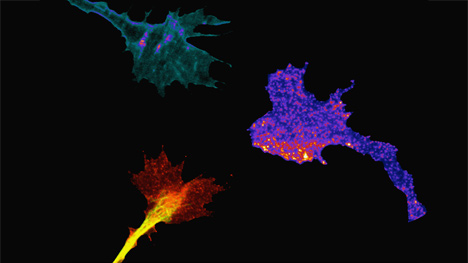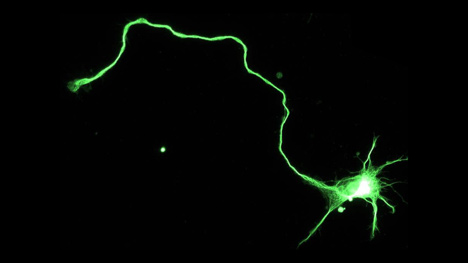What is Dementia? Dr. Curtis Cripe Explains
 |
helpguide.org |
Dr. Curtis Cripe is a leading resource on neuroscience. Despite being around for many years, this brand of medical science is still a vast trove of untapped knowledge. The brain is shrouded in mystery, and what science has uncovered about this organ so far seems like merely the tip of the iceberg.
Modern science has yet to find permanent solutions for the most serious mental health issues, including dementia. Dr. Curtis Cripe defines dementia as the loss of cognitive functioning, often due to advanced age. Other affected areas are behavioral abilities, to the extent that it interferes with a person's daily life and activities.
Dementia happens when healthy nerve cells or neurons in the brain stop working and lose connections with other brain cells or when the cells die off over time. Of course, it's normal for people to lose cells in their brains as they age. However, the observation is that individuals with dementia experience a far more significant loss.
Dementia is a truly painful struggle for anyone who has to go through it. The functions affected mainly by dementia include memory, language skills, and even visual perception. Because of this, Dr. Curtis Cripe says that dementia-inflicted people have problems with the daily tasks that many of us take for granted. These issues include problem-solving, self-management, and the ability to focus. In other instances, people with dementia lose control of their emotions. When this happens, their personalities undergo drastic change.
Dementia also follows a specific progression. The severity is mild at the beginning when the person is just beginning to feel the initial impact on their own functioning. Dr. Curtis Cripe adds that it becomes more severe later when the person depends entirely on others to do even the simplest things.
Dr. Curtis Cripe's professional background and academic expertise span several disciplines, including aerospace engineering, software development, bioengineering, addiction recovery, psychophysiology, psychology, and child neurodevelopment. To know more about his work, read this blog.















